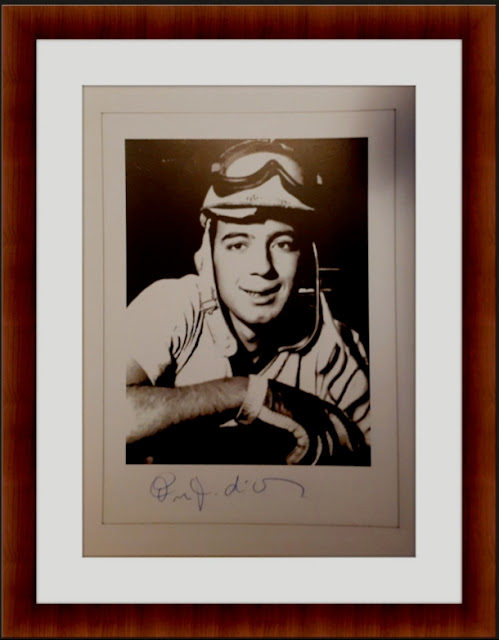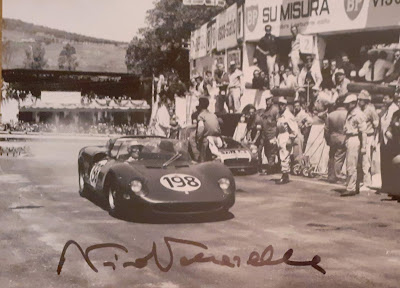 The Dalai Lama is also considered to be the successor in a line of tulkus who are believed[2] to be incarnations of Avalokiteśvara,[1] a Bodhisattva of Compassion.[4][5] The name is a combination of the Mongolic word dalai meaning "ocean" or "big" (coming from Mongolian title Dalaiyin qan or Dalaiin khan,[6] translated as Gyatso in Tibetan)[7] and the Tibetan wordབླ་མ་ (bla-ma) meaning "master, guru".[8]
The Dalai Lama is also considered to be the successor in a line of tulkus who are believed[2] to be incarnations of Avalokiteśvara,[1] a Bodhisattva of Compassion.[4][5] The name is a combination of the Mongolic word dalai meaning "ocean" or "big" (coming from Mongolian title Dalaiyin qan or Dalaiin khan,[6] translated as Gyatso in Tibetan)[7] and the Tibetan wordབླ་མ་ (bla-ma) meaning "master, guru".[8]
Since the time of the 5th Dalai Lama in the 17th century, his personage has always been a symbol of unification of the state of Tibet, where he has represented Buddhist values and traditions.[9] The Dalai Lama was an important figure of the Geluk tradition, which was politically and numerically dominant in Central Tibet, but his religious authority went beyond sectarian boundaries. While he had no formal or institutional role in any of the religious traditions, which were headed by their own high lamas, he was a unifying symbol of the Tibetan state, representing Buddhist values and traditions above any specific school.[10] The traditional function of the Dalai Lama as an ecumenical figure, holding together disparate religious and regional groups, has been taken up by the present fourteenth Dalai Lama. He has worked to overcome sectarian and other divisions in the exiled community and has become a symbol of Tibetan nationhood for Tibetans both in Tibet and in exile.[11]
 From 1642 until 1705 and from 1750 to the 1950s, the Dalai Lamas or their regents headed the Tibetan government (or Ganden Phodrang) in Lhasa which governed all or most of the Tibetan Plateau with varying degrees of autonomy[12] under the Qing Dynasty of China, in which Tibet had been under non-Tibetan suzerainty,[13] and a period of disputed "de facto independence" between 1913 and 1951. This Tibetan government also enjoyed the patronage and protection of firstly Mongol kings of the Khoshut and Dzungar Khanates (1642–1720) and then of the emperors of the Manchu-led Qing dynasty (1720–1912).[12] In 1913, several Tibetan representatives including Agvan Dorzhiev signed a treaty
between Tibet and Mongolia, proclaiming mutual recognition and their
independence from China, however the legitimacy of the treaty and
declared independence of Tibet was rejected by both the Republic of China and the current People's Republic of China.[14][15] The Dalai Lamas headed the Tibetan government afterwards despite that, until 1951.
From 1642 until 1705 and from 1750 to the 1950s, the Dalai Lamas or their regents headed the Tibetan government (or Ganden Phodrang) in Lhasa which governed all or most of the Tibetan Plateau with varying degrees of autonomy[12] under the Qing Dynasty of China, in which Tibet had been under non-Tibetan suzerainty,[13] and a period of disputed "de facto independence" between 1913 and 1951. This Tibetan government also enjoyed the patronage and protection of firstly Mongol kings of the Khoshut and Dzungar Khanates (1642–1720) and then of the emperors of the Manchu-led Qing dynasty (1720–1912).[12] In 1913, several Tibetan representatives including Agvan Dorzhiev signed a treaty
between Tibet and Mongolia, proclaiming mutual recognition and their
independence from China, however the legitimacy of the treaty and
declared independence of Tibet was rejected by both the Republic of China and the current People's Republic of China.[14][15] The Dalai Lamas headed the Tibetan government afterwards despite that, until 1951.























